religionamericanhistory
"...American history is longer, larger, more various, more beautiful and more terrible than anything anyone has ever said about it..." -James Baldwin
121 posts
Latest Posts by religionamericanhistory
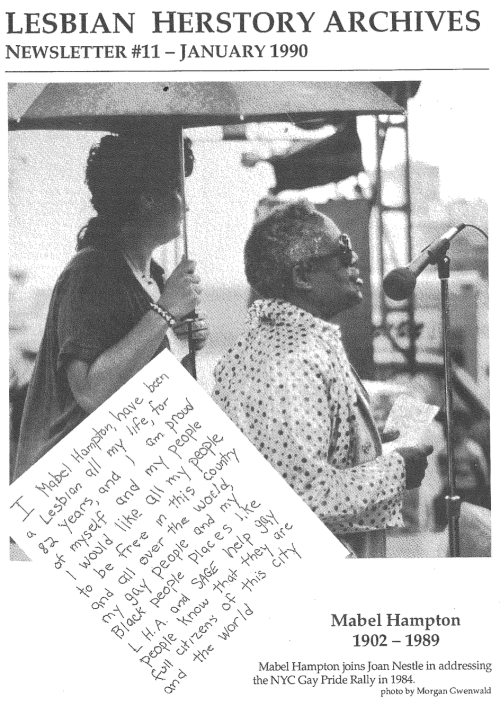
Lesbian Herstory Archives Newsletter 11 (January 1990)
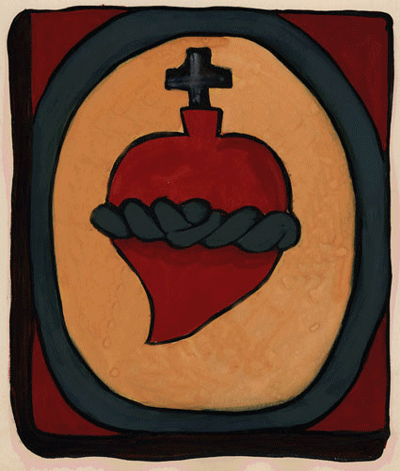
“Hell, they’ve got to eat just like other people.”
President Franklin D. Roosevelt signed the Executive Order to create the Works Progress Administration (WPA) on this day, May 6, 1935.
The WPA was part of FDR’s New Deal that provided federally-funded jobs for millions of unemployed Americans during the Great Depression. These included jobs for tens of thousands of artists, including musicians, actors, dancers, writers, photographers, painters, and sculptors.
Asked why the government should provide jobs for unemployed artists, New Deal administrator Harry Hopkins replied, “Hell, they’ve got to eat just like other people.”
Government art programs rescued artists from poverty and despair. But they also served a larger purpose-to give all Americans access to art and culture.
New Deal artists brought theater, music, and dance to every corner of the nation and created hundreds of thousands of paintings, prints, drawings and sculpture. Their work continues to adorn public buildings throughout the country.
New Deal Art– More from the FDR Library and Museum
GIF from image of a hand colored woodblock print of the Sacred Heart, Federal Art Project of New Mexico, WPA.

A colorized photo of Madam C. J. Walker with her friends and her Ford, the first of her family born free and the first self-made female millionaire in America. She made cosmetics for other black women, and in her will, dedicated 2/3 of her company’s future net profits to charity. c. 1910s
via reddit

Basically 👀 #onourbackspersonals 1990 http://ift.tt/1ryY3N0
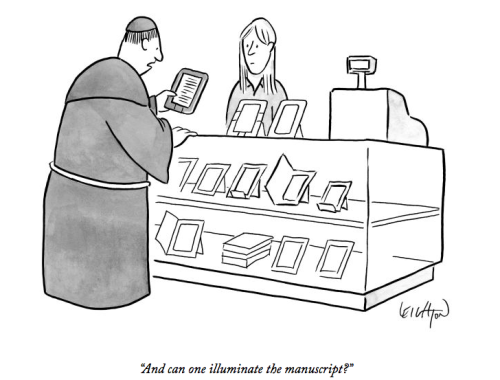
A cartoon by Robert Leighton. Find more cartoons from this week’s issue.
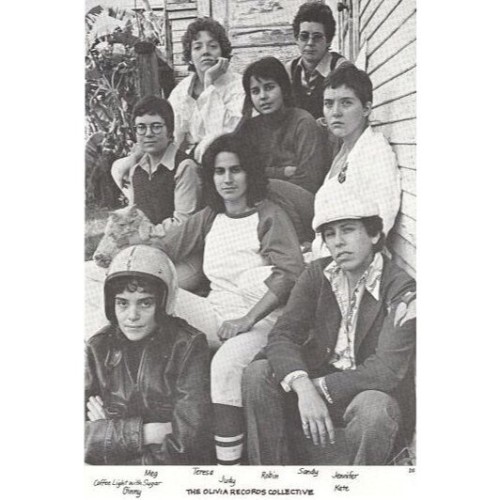
OLIVIA RECORDS COLLECTIVE 🎹 a record label founded by ten lesbian-feminists in 1973. Yoko Ono wanted to make a record with them but they politely declined. In 1988 unable to navigate the changing music industry Olivia Records morphed into Olivia, the lesbian cruise line.⛵️(h/t via @adriencyberspace) #lesbianculture #olivia #oliviarecords #lesbianfeminists #cruise http://ift.tt/1O5Sa48
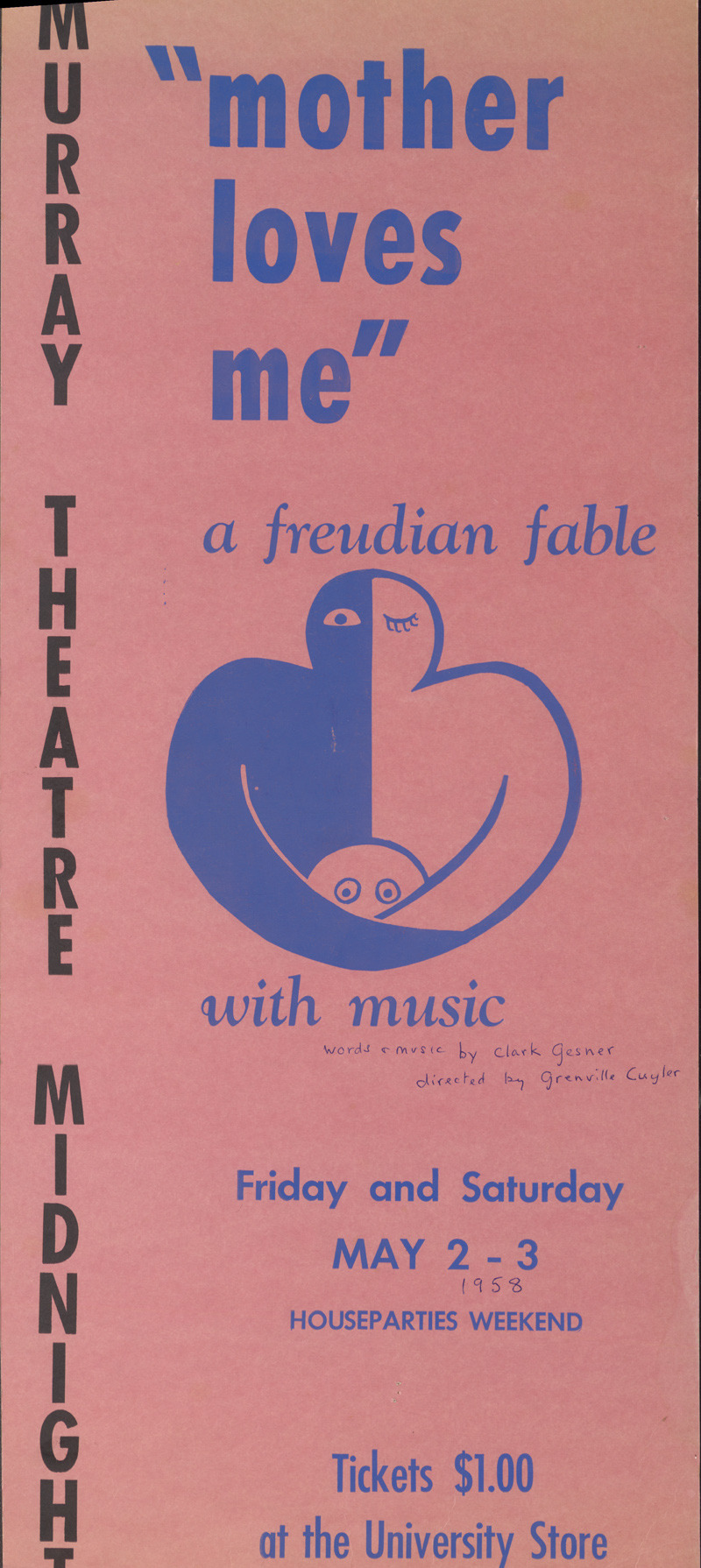
Happy Mother’s Day weekend! Now seems like a good time to share this poster with you from a 1958 Princeton University student’s musical.
Before he was nominated for a Grammy for “You’re a Good Man, Charlie Brown” or wrote for Sesame Street, Captain Kangaroo, or The Electric Company, Clark Gesner ‘60 used a special grant from a Princeton University alum to produce this musical he had written. He earned $50.68 profit for himself from “Mother Loves Me,” as well as an early taste of success. More here.
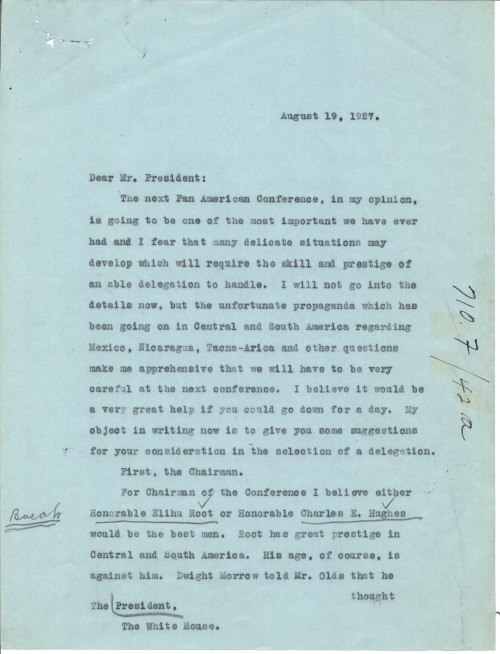
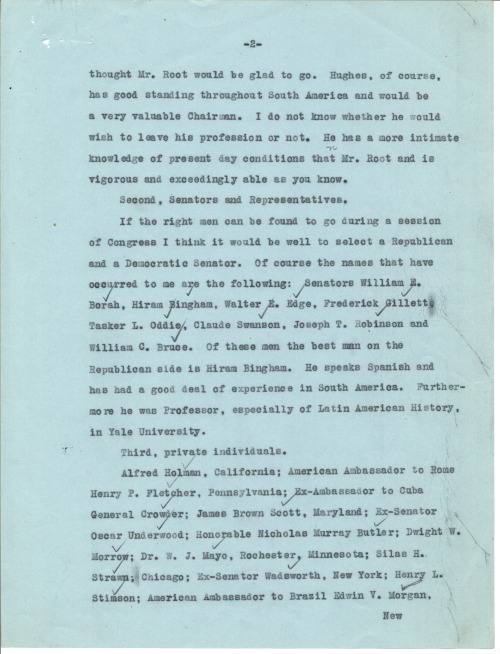
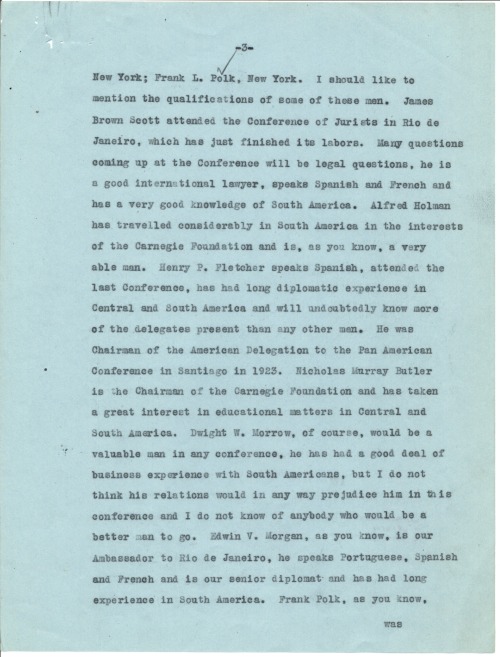
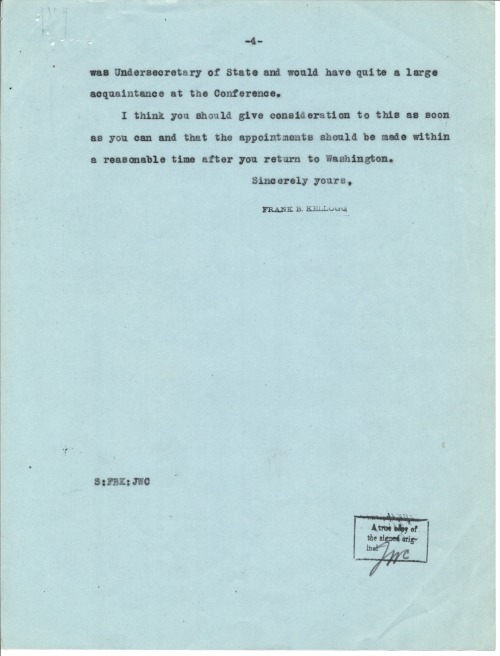
The President Goes to Cuba: 1928
President Obama’s recent visit to Cuba this week is only the second time an incumbent President has visited that island nation. The first presidential visitor was Calvin Coolidge in 1928, when he attended the Sixth International Conference of American States in Havana during January 1928.
A major difference between the two visits is that President Coolidge traveled to Cuba to attend an inter-American conference that just happened to take place in that country. If the conference had been elsewhere, Cuba would not have received his visit. President Obama, on the other hand, is going to Cuba to parley with Cuban leaders. Another difference is that the trip to Cuba was President Coolidge’s only foreign trip as President. By contrast, President Obama has traveled all over the World.
The Sixth International Conference of American States came at a time when U.S. relations with the countries in Central and South America were in a parlous state. The United States had every expectation of facing brutal criticism at the meeting. As American planning for the meeting, Secretary of State Frank B. Kellogg sent the above letter to President Coolidge suggesting that his presence would help the American cause.
Secretary of State Frank B. Kellogg to President Calvin Coolidge, August 19, 1927, file 710.F/42a, and President Calvin Coolidge to the Secretary of State, August 29, 1927, file 710.F/43, both in 1910-29 Central Decimal Files (NAID 302021), RG 59: General Records of the Department of State.
Despite the heavy criticism received during the conference, American officials concluded that the outcome, and the President’s visit, was a success.
Keep reading at The President Goes to Cuba: 1928 | The Text Message
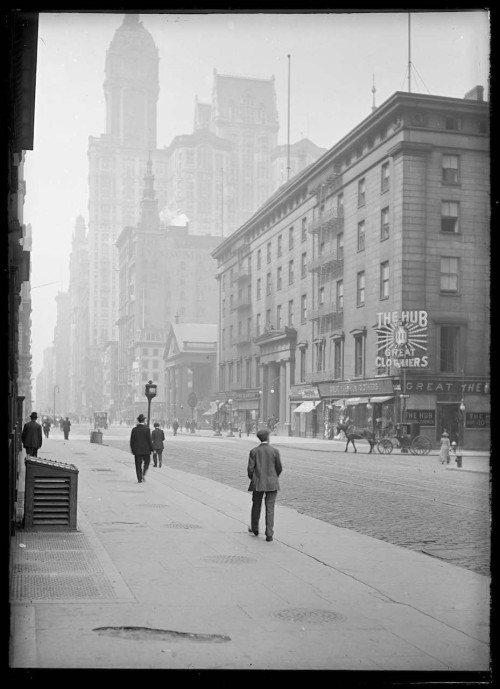
In the early-morning hours in turn-of-the-century New York City, a photographer who was afraid of the dark took his camera out into the light. Robert L. Bracklow, known as “Daylight Bob,” was a documentarian who captured quiet scenes of a rapidly changing city, often in areas where demolition and construction were underway. Despite the uniqueness of some of his images, his work isn’t widely known, partly because it hasn’t been easily accessible. This month the New-York Historical Society (N-YHS) and the Metropolitan New York Library Council (METRO) announced that the Robert L. Bracklow Photograph Collection has been digitized and is now available on the Digital Culture of Metropolitan New York site.
Early-Morning Photographs of Turn-of-the-Century New York City
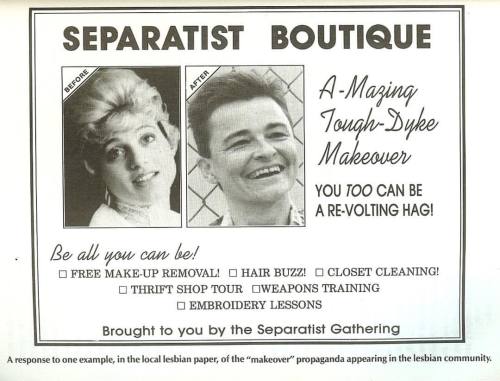
SEPARATIST BOUTIQUE. Amazing Tough Dyke Makeover〰You Too Can Be A Revolting Hag!💋Lesbian Ethics, Summer 1987. via LesbianArt.lgbt #herstory #revolting #hag #witch #dyke #lesbian #feminist #makeover #separatist #leabiansepartist
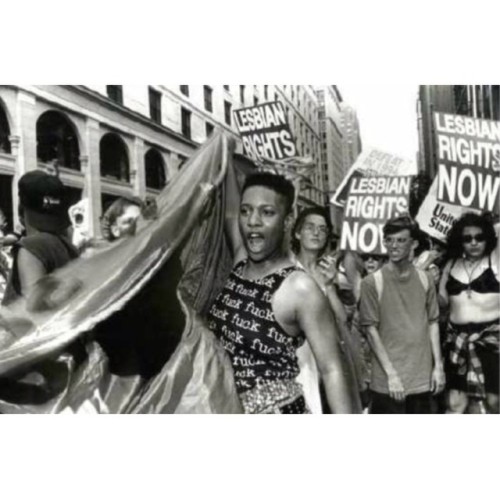
Dyke March. Lesbian Avengers. 1994/5. Photo: Carolina Kroon | Lesbian Avengers #herstory #lesbian #lesbianavengers #dyke #dykemarch #pride #1994 #lezstyle #blacklesbian #qpoc #gay #lgbt #queer #protest #lesbianrights #gayrights #lezstyle #fuck
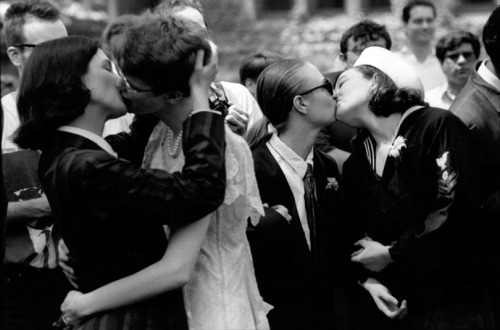
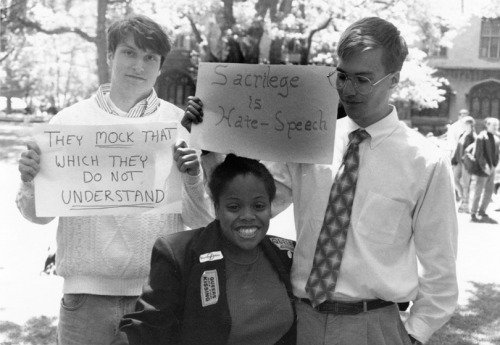
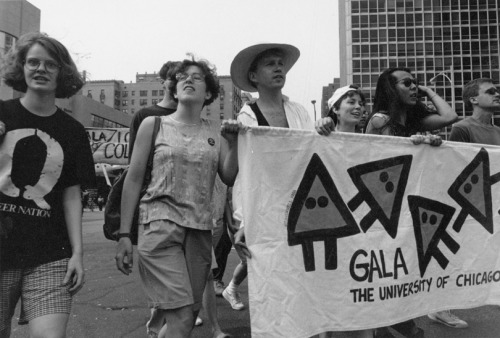
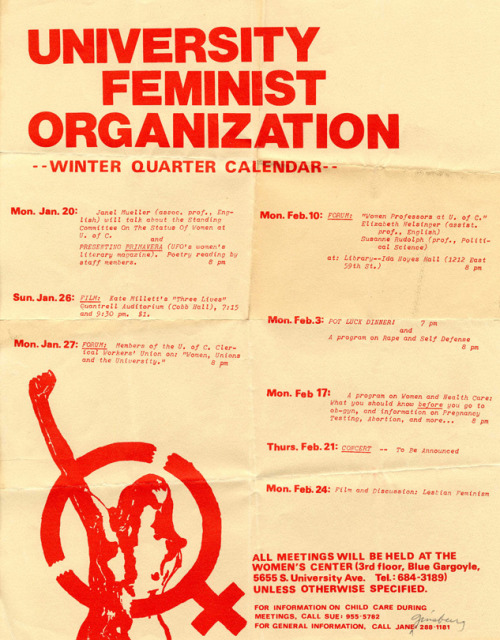
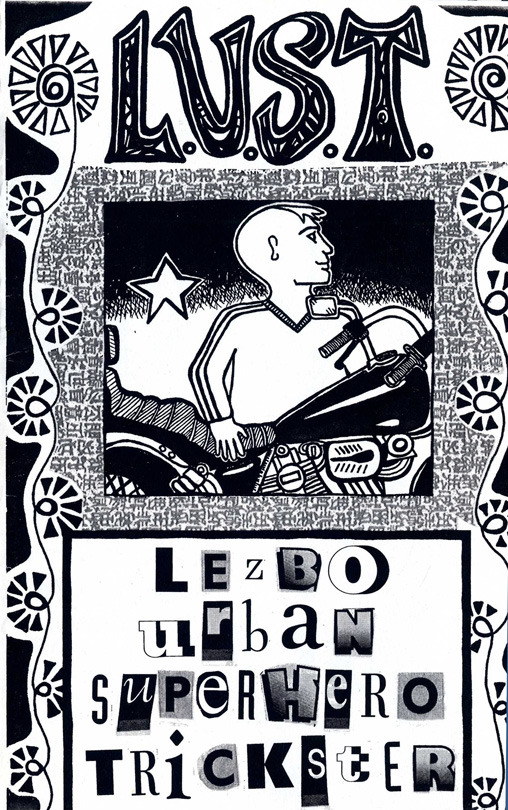
Just in time for Pride Month! Catch the Closeted/OUT in the Quadrangles: A History of LGBTQ Life at the University of Chicago exhibit while you still can! Exhibit is free and open to the public, 9-5 weekdays, 9-1 Saturday. Ends June 12, 2015.
1. Couples kiss at Weddstock 1992. Organized by the Gay and Lesbian Alliance at the University of Chicago, the event was held to protest the university’s unwillingness to provide benefits for same-sex domestic partnerships. Copyright held by the Chicago Maroon.
2. At Weddstock 1994. Pictured are Honza Prchal (left), Terri Hudson (center), and Brian Madden (right), two student protesters and a participant. The men expressed opposition to the event, citing religious grounds. In its third year, Weddstock was organized by the Gay and Lesbian Alliance at the University of Chicago, and celebrated as part of Bisexual, Gay and Lesbian Awareness Days (BGLAD). Copyright held by the Chicago Maroon.
3. Members of the University of Chicago Gay and Lesbian Alliance (GALA) take part in the 1991 Chicago Pride Parade. Copyright held by the Chicago Maroon.
4. Broadside, University Feminist Organization Winter Quarter Calendar. From the University of Chicago Committee on University Women records.
5. L.U.S.T. by Dena van der Wal. Chicago, 1996. Closeted/Out on the Quadrangles Collection. Donated by Dena van der Wal.
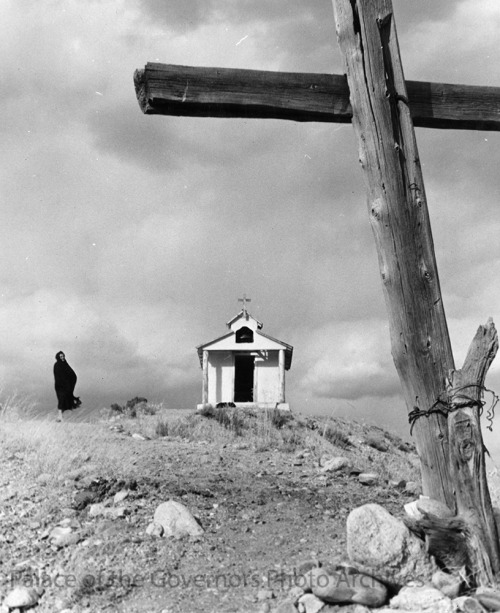
Penitente chapel, Capilla de Santa Rita, near Chimayo, New Mexico
Creator: New Mexico Tourism Bureau Date: 1955? Negative Number HP.2007.20.562


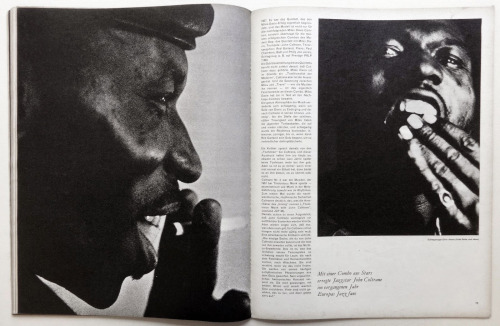
Willy Fleckhaus, artwork for Twen magazine, editorial about John Coltrane, 1962. The seven sides of Mr. “Trane”. Germany. Photos: Robert Freeman. Selected pages via PastPrint

VA Gov Doc: Nationwide Gravesite Locator
The database of burial information is updated each day.
Search for burial locations of veterans and their family members in VA National Cemeteries, state veterans cemeteries, various other military and Department of Interior cemeteries, and for veterans buried in private cemeteries when the grave is marked with a government grave marker.
The Nationwide Gravesite Locator includes burial records from many sources. These sources provide varied data; some searches may contain less information than others. Information on veterans buried in private cemeteries was collected for the purpose of furnishing government grave markers, and we do not have information available for burials prior to 1997.
Erroneous information can be corrected, but we are unable to add to the information contained in the existing record.
If your search returns incorrect information about a veteran or family member buried in a national cemetery, please contact the cemetery directly to discuss your findings.
To report incorrect information about a veteran buried in a private cemetery, click on “Contact Us” at the top of this page. Names cannot be added to the listing if a government grave marker was not furnished for the grave, or if the existing government grave marker was furnished prior to 1997.
For more complete information concerning individual records, we suggest you contact the cemetery or local officials.
The Arlington National Cemetery provides information on service members buried there. The American Battle Monuments Commission provides information on service members buried in overseas cemeteries.

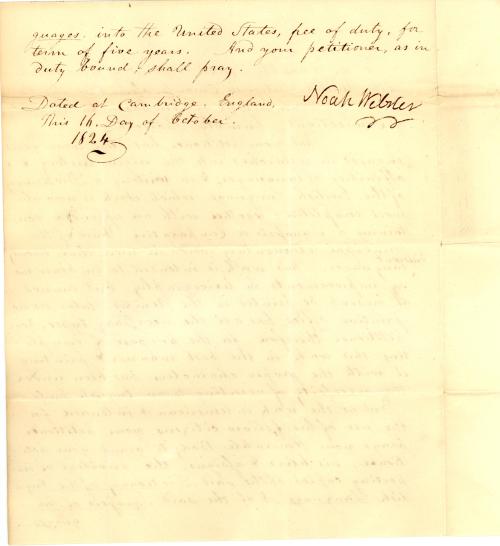
As the National Spelling Bee kicks off this week, Congress in the Archives salutes America’s most famous lexicographer, Noah Webster. Webster’s dictionary was printed in England and subject to an import duty in the United States. This would not do for a work that was defining American English, so in October 1824 he wrote to Congress asking for a temporary waiver of that duty (which they did not pass).
Good luck, spellers! And t-h-a-n-k-s, Mr. Webster!
Petition of Noah Webster, 10/1824, HR 18A-F19.2, Records of the U.S. House of Representatives
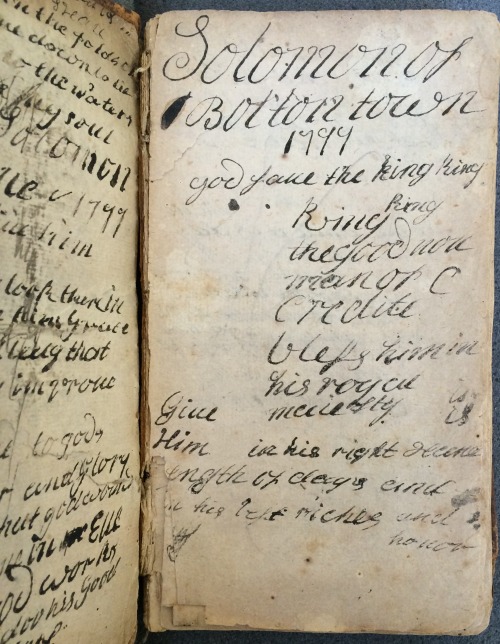
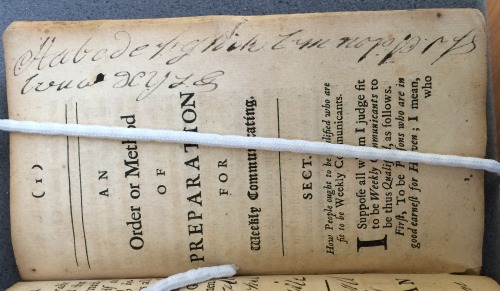
“God save the king king king”
It is always a thrill to open an old book like this. We know the previous owner to be “Solomon of Bolton town” because he wrote his name everywhere.
Note his alphabet practice (also in multiple places) with its double a, lack of j, and its x-y-z-& ending.
Wettenhall, Edward, 1636-1713. Due frequency of the Lord’s supper…/ By the Right Reverend Father in God, Edward Wetenhall, D.D. Lord Bishop of Kilmore and Ardagh in the Kingdom of Ireland. London : printed for Benj. Tooke, at the Middle-Temple-Gate in Fleetstreet, 1703.
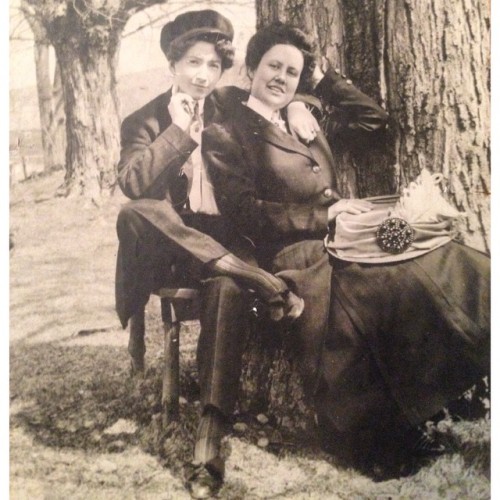
Found photo. Located in photo collections at the Lesbian Herstory Archives. #Herstory #lesbians #lezcouple #butch #femme #vintage #queer #lezstyle #portrait
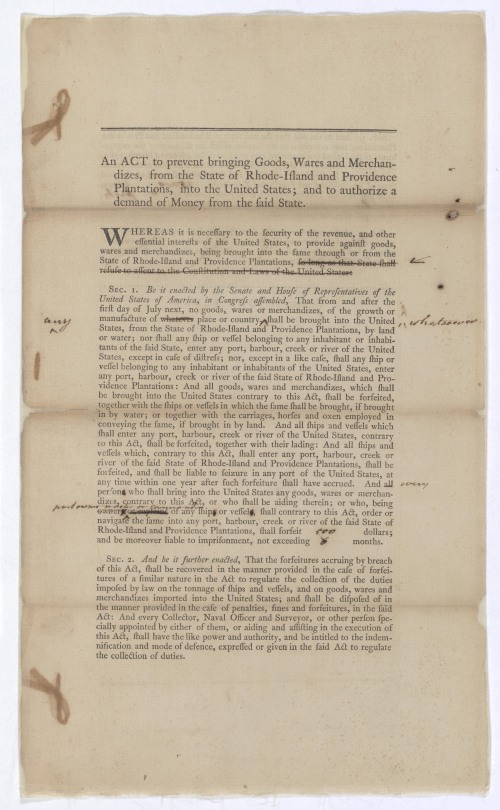
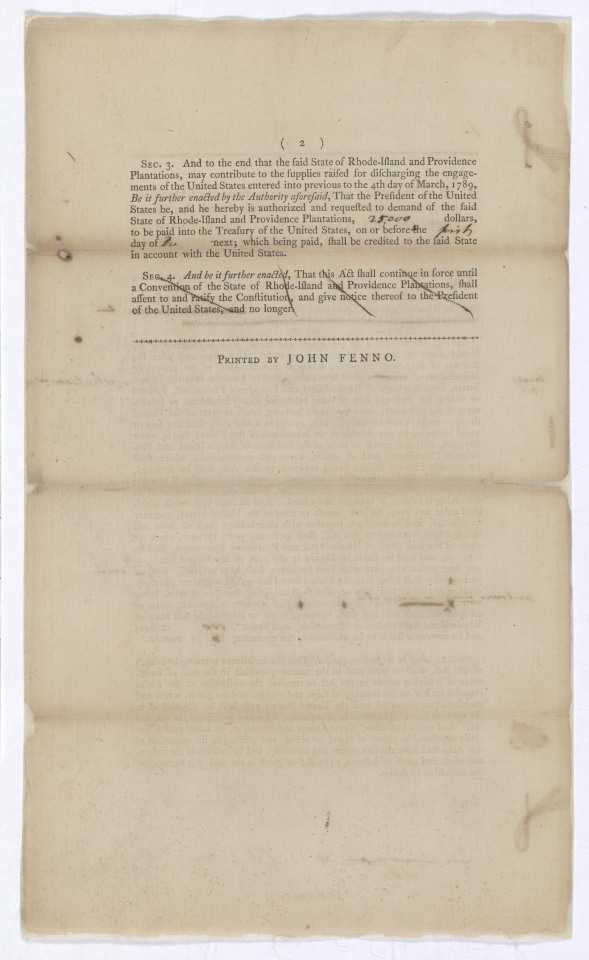
225th Anniversary of the First Congress: We’ll be posting documents and stories highlighting the establishment of the new government under the Constitution through March 2016.
On May 13, 1790, the Senate introduced a bill to prevent bringing goods, wares, and merchandise, from the State of Rhode-Island and Providence Plantations, into the United States, and to authorize a demand of money from the said State. If passed, the bill would treat Rhode Island as a foreign state since their March convention to ratify the U.S. Constitution adjourned without taking a ratification vote. The Senate passed the bill on May 18. The bill was then sent to the House for consideration. However, the House was informed on June 1 that consideration of the bill was no longer necessary because Rhode Island had ratified the Constitution on May 29.
Act to Prevent Bringing Goods, Wares, and Merchandise, from the State of Rhode-Island and Providence Plantations, into the United States, and to authorize a demand of money from the said State, 5/13/1790, SEN1A-B1, Records of the U.S. Senate

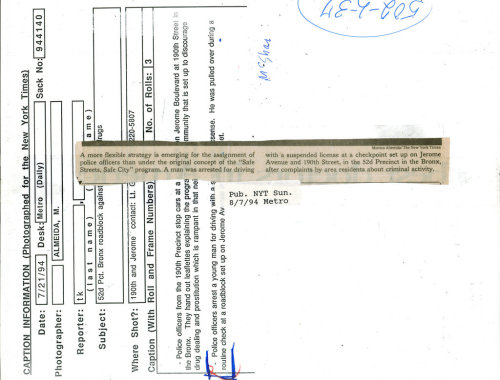
Aug. 7, 1994: The Times reported on an expansion of hiring at the New York Police Department, which, although achieving the goal of bringing the force to more than 31,000 officers, had deviated from a community-based policing approach. Although Mayor David N. Dinkins had promised four years earlier that “the beat cop is back,” it was observed that “Officers are not being stationed on every subway train every night, as officials had pledged. Some beat officers are being dispersed over larger areas than they originally patrolled. … And many who were hired are not being used on specific beats.“ Photo: Monica Almeida/The New York Times
The AIDS pandemic, with its spectacular scientific advances, demonstrates how public health measures that take into account social, moral, and economic considerations remain a mainstay of public health activities. AIDS is an epidemic where the remarkable advances of biomedicine have been moderated with policies that take the social context of a vulnerable environment into account…Even if a cure, vaccine, or both were available today, the moral, social, and economic facets that have accompanied the pandemic to date would endure.
Powel Kazanjian, “The AIDS Pandemic in Historic Perspective”
18 May is World AIDS Vaccine Day, and we’ve put together a list of a few articles about the social history of HIV and AIDS:
“The AIDS Pandemic in Historic Perspective” by Powel Kazanjian, Journal of the History of Medicine & Allied Sciences
“Working Together? Medical Professionals, Gay Community Organisations and the Response to HIV/AIDS in Australia, 1983-1985″ by Shirleene Robinson and Emily Wilson, Social History of Medicine
“The Politics of Uncertainty: The AIDS Debate, Thabo Mbeki and the South African Government Response” by Kiran van Rijn, Social History of Medicine
(via oupacademic)
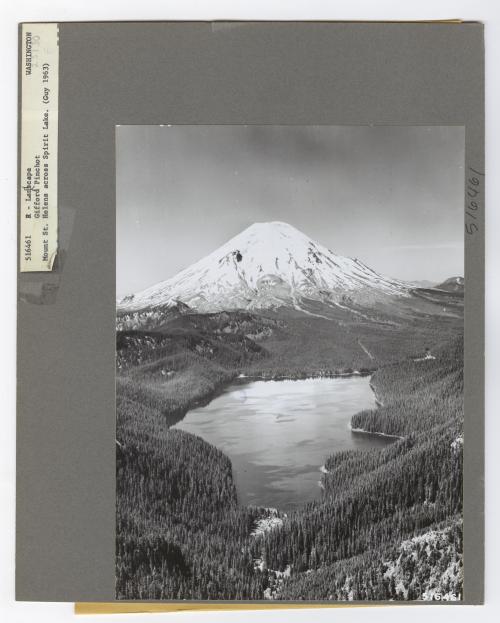
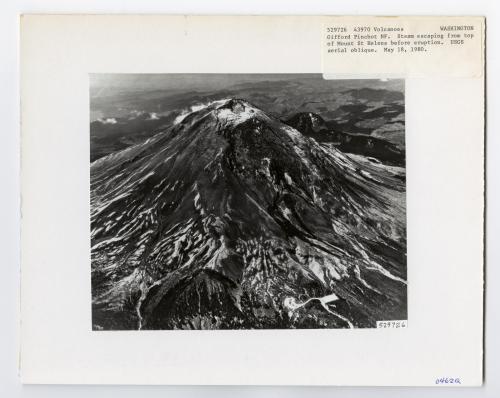
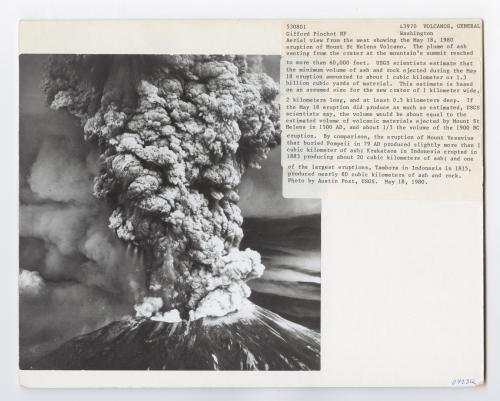
Mount St. Helens Erupts, 8:32 A.M., May 18, 1980
After several months of grumbling, Mount St. Helens in southeast Washington state roared to life 35 years ago on May 18, 1980 at 8:32 A.M. For nine hours the volcano erupted, destroying plant and animal life in the surrounding 230 square miles of forest. The blast of ash, rock, and steam blew across the land at speeds up to 670 miles per hour, with the ash plume reaching 15 miles upwards. It ranks as the most destructive volcanic event in the United States, leaving 57 dead, devastating hundreds of square miles, and causing over a billion dollars in damages.
Volcanoes - Before Mount St. Helens Eruption - Washington
Volcanoes - Before Mount St. Helens Eruption - Washington
Volcanoes - After Mount St. Helens Eruption - Washington
From the series: Photographs Relating to National Forests, Resource Management Practices, Personnel, and Cultural and Economic History, ca. 1897 - ca. 1980
These photos are from a series over 60,000 photos relating to the National Forests. We need your help transcribing the typed captions on these images. This easy transcription mission will help make these vintage images more accessible and searchable in the usnatarchives online catalog:
How to get started transcribing
Transcribe Mount St. Helens “after” photo
Find more Mount St. Helens photos for transcription
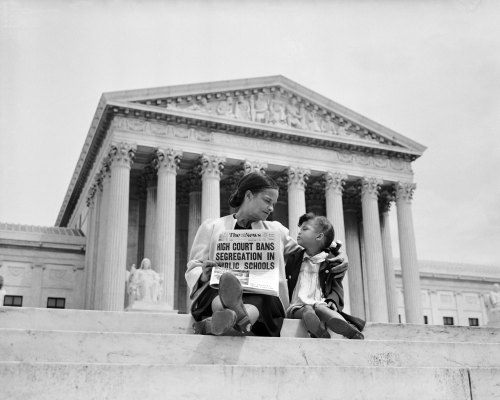
Nettie Hunt and her daughter Nickie sit on steps of the US Supreme Court building on May 18, 1954, the day following the Court’s historic decision in Brown v. Board of Education
via reddit
Keep reading
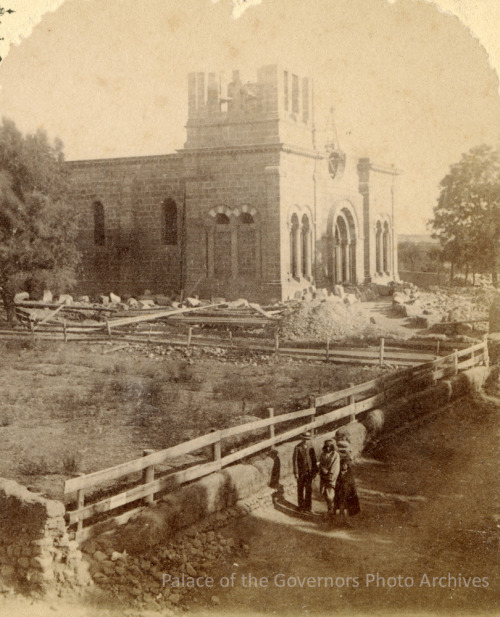
Construction of St. Francis Cathedral, Santa Fe, New Mexico Photographer: William Henry Jackson Date: circa 1883 Negative Number 147078
On May 17, 1954, the Supreme Court of the United States passed judgement on the landmark civil rights case Brown v Board of Education of Topeka, ruling that racial segregation in public educational facilities was unconstitutional.
The historic decision, which brought an end to federal tolerance of racial segregation, specifically dealt with Linda Brown, a young African American girl who had been denied admission to her local elementary school in Topeka, Kansas, because of the color of her skin.
The case was brought before the Supreme Court due the inexhaustible efforts of Charles Hamilton Huston, litigation director of the NAACP. Huston masterminded the legal campaign to end segregation in public schools. His strategy was to attack the viability of the “separate but equal” doctrine established in the 1896 Plessy v Ferguson case.
During the 1930s, Huston traveled through the southern states, documenting the stark inequalities between the rundown, overcrowded structures and discarded supplies provided for black students and the well-equipped and maintained facilities enjoyed by white students. Here is a short clip from Charles Huston’s findings, also featured in the “Records of Rights” exhibit at the National Archives.
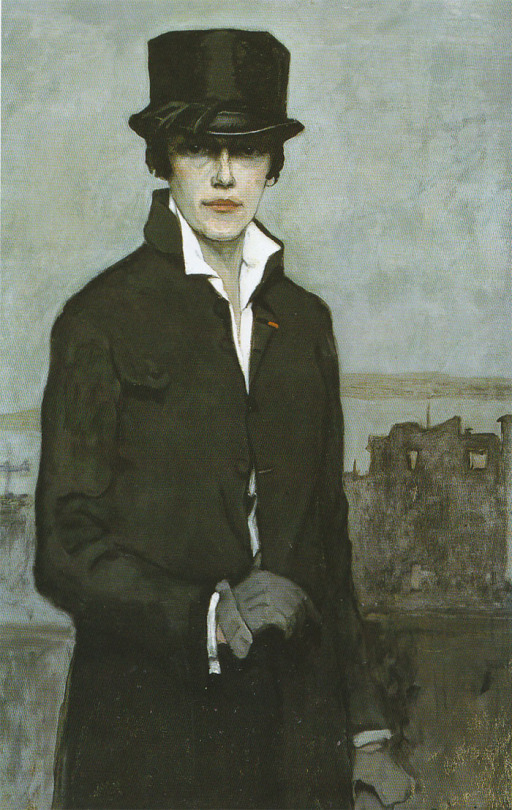
Romaine Brooks, Self-Portrait, 1923
The figure of the lesbian is a problem – the problem of Woman and the feminine body doubled – both in and for Western visual representation. Romaine Brooks’s portraits, especially … her iconic self-portrait of 1923, have been a necessary point of access for those artists, art historians, and critics wishing to challenge the understanding of Woman and (women) as always already heterosexualized, which has been the necessary pre-condition for so many art histories. Produced between 1910 and 1930, Brooks’s declaration of lesbian presence was a critical intervention in the formulation of modern sexual identity – a discourse that increasingly conceptualized a lesbian identity that was layered with psychoanalytic and medical theories of inversion, social theories of unruly deviance, and political strategies of repression and control. Brooks’s portraits are a statement of an/other subjectivity, one that has been unrepresentable, often literally invisible, to the discipline of art history. In an unmistakable political gesture that underscored their meaning, Brooks donated the body of her work (which she refused to sell, although she had shown widely) to the Smithsonian Institution. Her lesbian portraits are now part of the permanent collection of the National Museum of American Art, even as lesbians and gay men continue to be court-martialed by the United States military for the crime of being lesbians or gay men.
Flavia Rando, “Reflections on a Name: We’re Here: Gay and Lesbian Presence in Art and Art History,” Art Journal 55, no. 4 (Winter 1996): 8-10, 9-10.
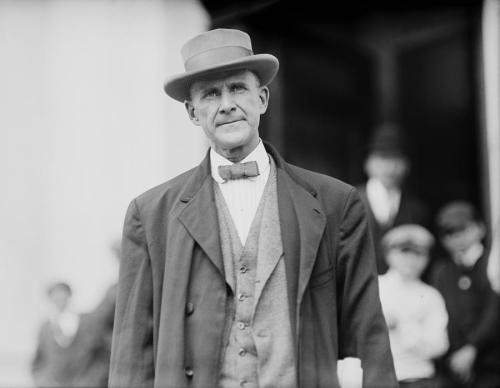
Eugene V. Debs is one of the best known American labor organizers and socialists. He helped found the American Railway Union (ARU), and was instrumental in organizing the 1894 Pullman Strike, which affected 250,000 workers and almost all the railway lines West of Detroit. Debs also ran for the American Presidency five times under the Socialist Party banner. After the onset of World War I, Debs publicly denounced American involvement in the war. He was sentenced to prison for his speeches against the Wilson administration, and he conducted his last Presidential campaign from a prison in Atlanta.
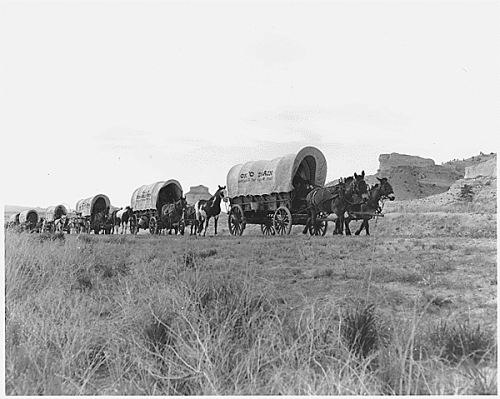
On May 16, 1842, about 100 pioneers with 18 wagons took off from Independence, Missouri in one of the first wagon trains on what would become known as the Oregon Trail.
Over the next two decades, tens of thousands would follow in their footsteps. The trail spans over 2,000 miles across the Great Plains and Rocky Mountains to the Valleys of the Oregon Territory, and was the longest of the great overland routes to the western frontier.
Families would strike out from Missouri with all their worldly possessions in wagons adorned with slogans such as “Oregon or the Grave,” “Patience and Perseverance,” and “Never Say Die.” The journey was a treacherous one; the trail was peppered with broken wagons and remains of dead livestock. Attacks from Native American tribes were rare. Instead, the main dangers were diseases such as smallpox, cholera, and typhus.
Tales of the Oregon Trail inspired the highly popular educational computer game of the same name during the 1990s, where players got to experience the journey of the pioneers without any of the risk.
Image: Oregon Trail reenactment
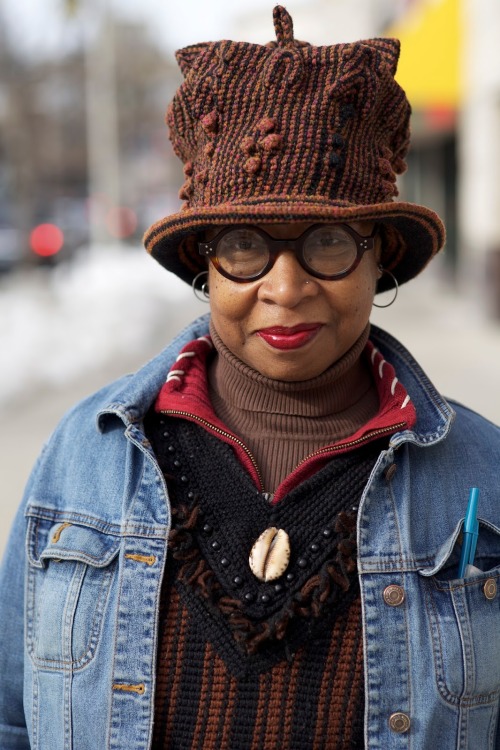
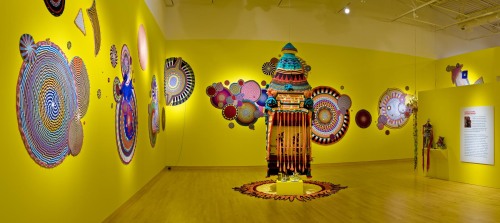
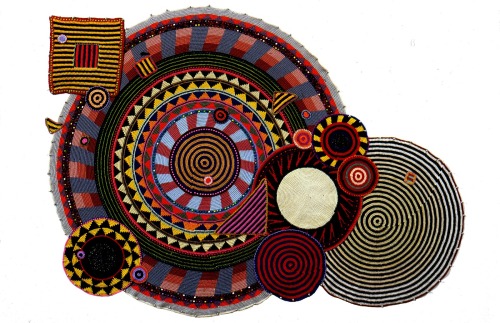
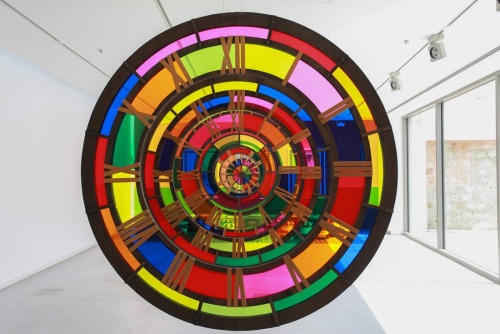
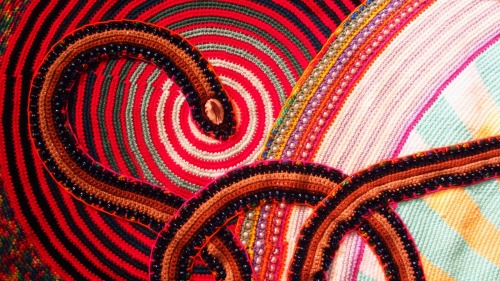
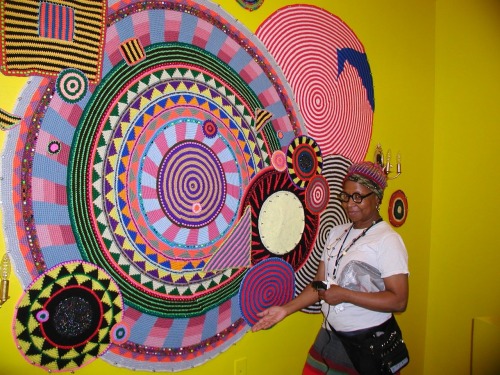
“Funk is the unending cycle of life. It’s the ultimate concept—wherever your imagination will take it.” —Xenobia Bailey
One of four featured artists in #FunkGodJazzMedicine, New York City-based Xenobia Bailey is best known for her eclectic crocheted hats, large-scale mandalas, and tents consisting of colorful concentric circles and repeating patterns. Her designs draw influences from Africa, China, and Native American and Eastern philosophies, with undertones of the domestic aesthetic of her mother and other African American rural and urban homemakers, and of the 1960s and funk visual aesthetic.
Learn more about Xenobia and the other featured artists in Funk, God, Jazz & Medicine: Black Radical Brooklyn.
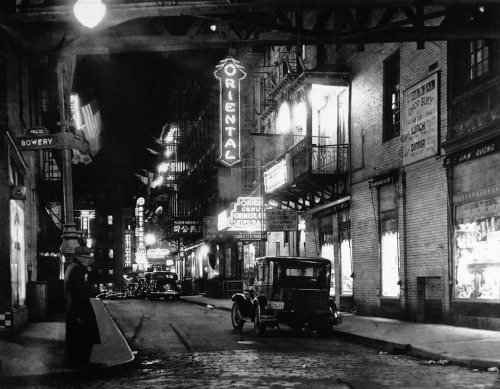
The corner of Pell Street and the Bowery in Chinatown, New York, on the eve of the Chinese New Year on Jan. 31, 1938. Mourning for their homeland at war with Japan, Chinese were in Joss houses praying instead of parading and lighting firecrackers.
via reddit